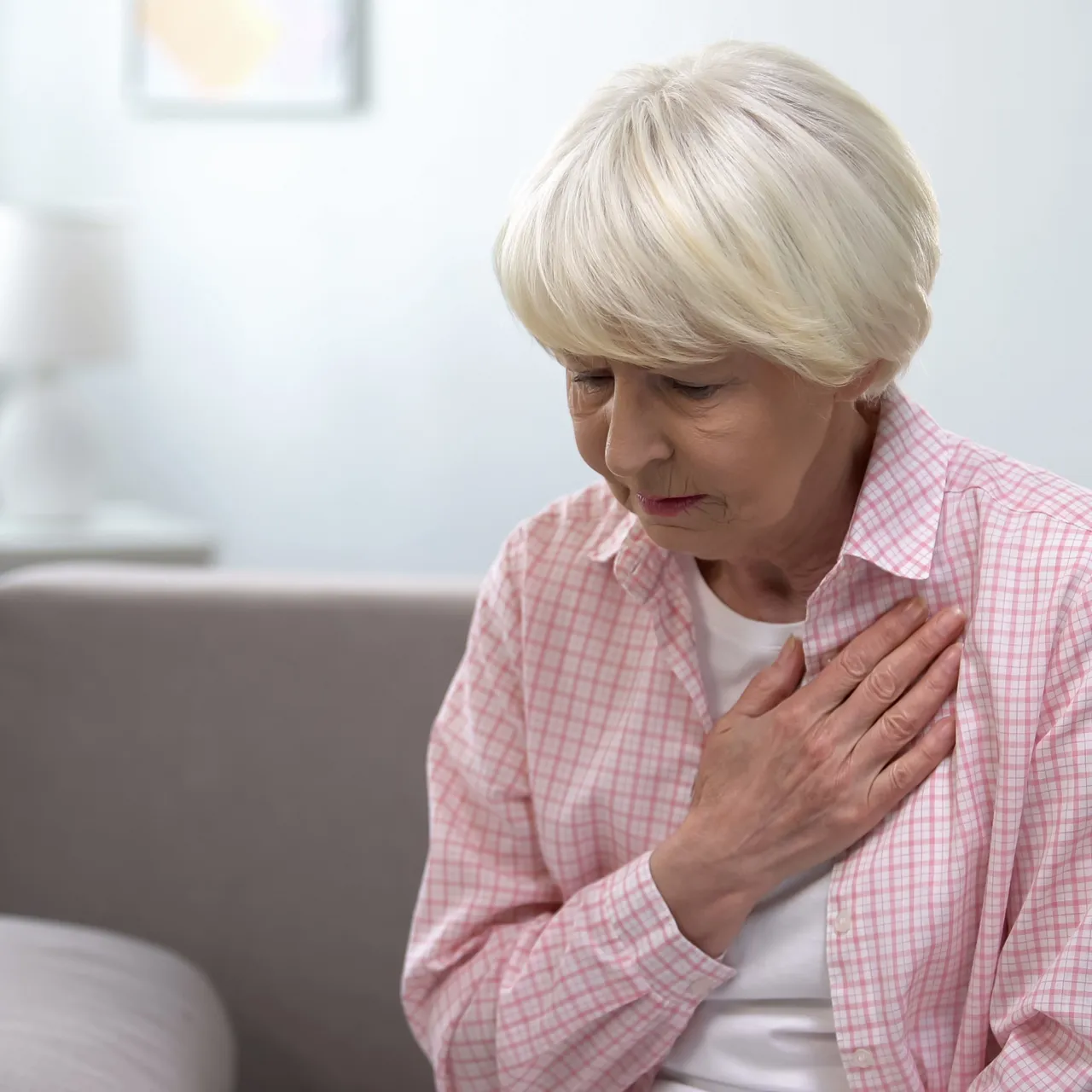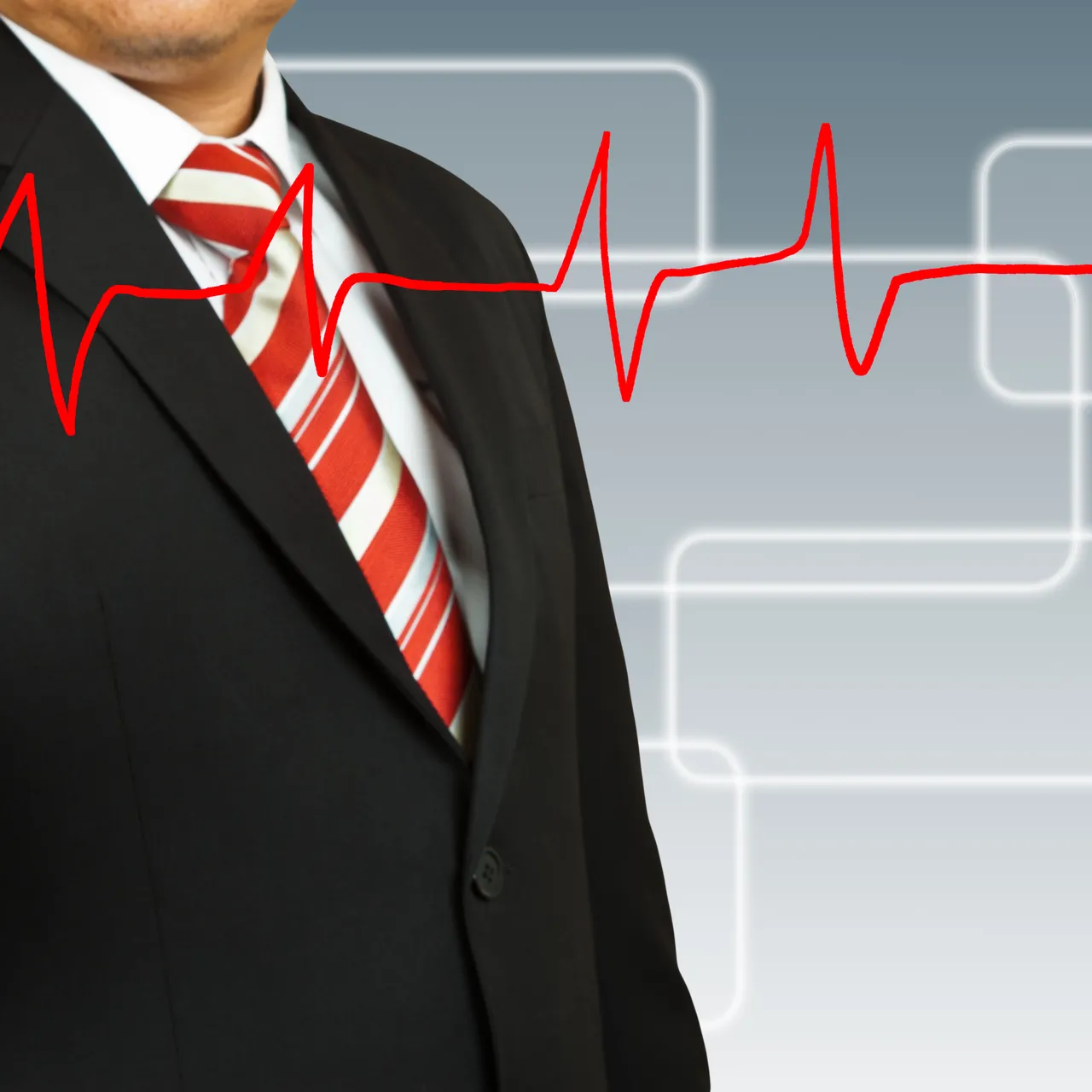
When an adult is healthy and working regularly, their heart beats 72 times per minute. This is significantly higher in infants and youngsters than in adults in normal conditions. It is reasonable for the heart rate to drop or rise in case it deviates from sixty to eighty beats per minute.
Still, there are certain circumstances when the heart rate is regarded as usual, even after it is above 80. In some situations, this is the case. Conditions falling into similar categories include exercise, running, high temperature, recovering from a surgical operation, or intense treatment. Given the above-specified conditions, a fast heartbeat should not cause any reason for worry.
When our heart rate rises to 100 or above and our body is still at rest, there is an issue. Medical professionals regard a prolonged period of time as odd for a heartbeat, so the person in issue should immediately seek medical help from an expert.

In the scientific community, this disorder is known as tachycardia; its usual symptoms are upper body discomfort, fast breathing, dizziness or unsteadiness, high blood pressure, and declining blood pressure.
Although rigorous physical exercise does induce an uncommon degree of increase in heart rate, a sudden shock or great emotional stress can also produce the same effect.
If someone has had any surgical operation in the past, they most certainly may have this problem inside their body. Additionally leading to tachycardia is the usage of a strong medication to treat a chronic health issue.

Among the other possible causes include anemia, tumors, low or high blood pressure, age-related elements, too much alcohol, and the intake of strong stimulants like narcotics and other substances.
Factors that could raise the probability of an abnormally high heart rate include lung disease, congenital cardiac issues, heavy coffee consumption, smoking cigarettes, and hyperthyroidism.
Clearly, a faster rate of beating gives the heart much less time to provide the body with the required volume of blood. This denotes that the body is not getting enough blood. Eventually, the cause shows itself as low blood pressure, wooziness, upper body pain, a weak point, and the likelihood of the person collapsing.

There is also the risk of a heart attack in cases where the pulse has really exceeded one hundred beats per minute. This phenomenon results from the fast generation of electrical signals at a pace the heart cannot manage. It so finds itself in a condition akin to a jail and needs therapy immediately.
One can prevent tachycardia in the heart by following a few basic and easy steps. These include regular physical activity, making sure the body is sufficiently hydrated, eating a diet that is both healthy and balanced, avoiding processed foods, lowering alcohol intake, giving up smoking, so lowering the amount of anxiety one experiences, and practicing meditation.
In the early phases, simple drugs and vagal procedures might prove useful. Conversely, doctors may also use certain injections to lower the heart rate to reduce the tachycardia symptoms. Among the more drastic treatments available to restore the heartbeat back to normal tempo include open heart operations, heart coronary bypass, ablation, and the use of moderate electric shocks.
